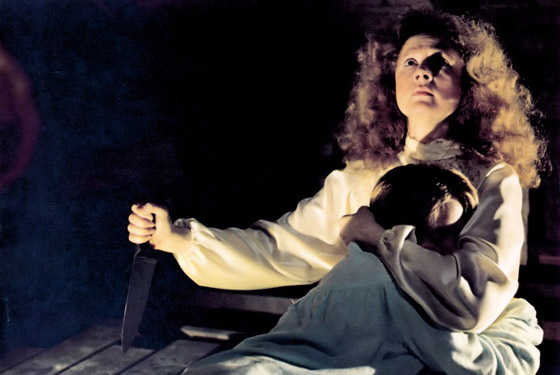



synopsis
Brian De Palma’s 1976 adaptation of best-selling author Stephen King’s first published novel Carrie didn’t just put him on the map as one of the leading directors of the seventies, but became a landmark of the horror genre and one of the most iconic films of The New Hollywood.
Over the years it’s been the subject of praise, admiration, imitation, parody, derision and polemical controversy, viewed simultaneously as a sick joke, a social satire, and a put down to women. Joseph Aisenberg’s monumental study takes on the movie from every possible angle, from its first inception as a novel to its final incarnation on the screen.
Providing an in-depth analysis on a scene-by-scene basis, he examines not only the filmmakers’ intentions — the who, what and how of it — but the arc of the film in context, how its laughs, drama and scares work together. Aisenberg reveals Carrie as a masterpiece of paranoiac wish fulfillment and divided emotional perspectives.
The author takes on Carrie’s complex critical history; compares differences between the original source novel, screenplay drafts, and final film; provides interviews with Brian De Palma and screenwriter Lawrence D. Cohen; and in the process comes to terms with the long shadow of Carrie’s popular legacy.
Joseph Aisenberg is a regular contributor to Bright Lights Film Journal and is currently at work on a novel titled Marriage Goes to The Movies!
edition information
pricing
SOLD OUT